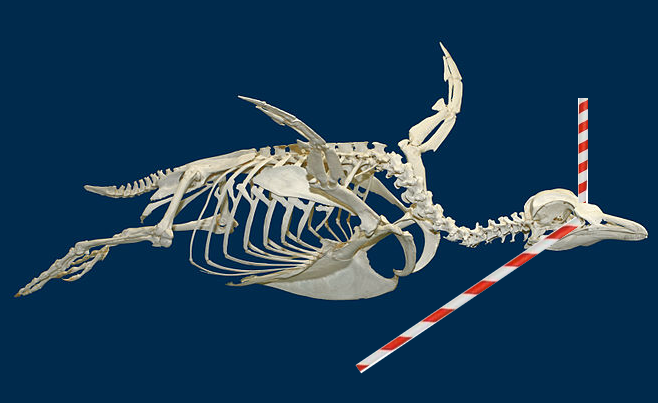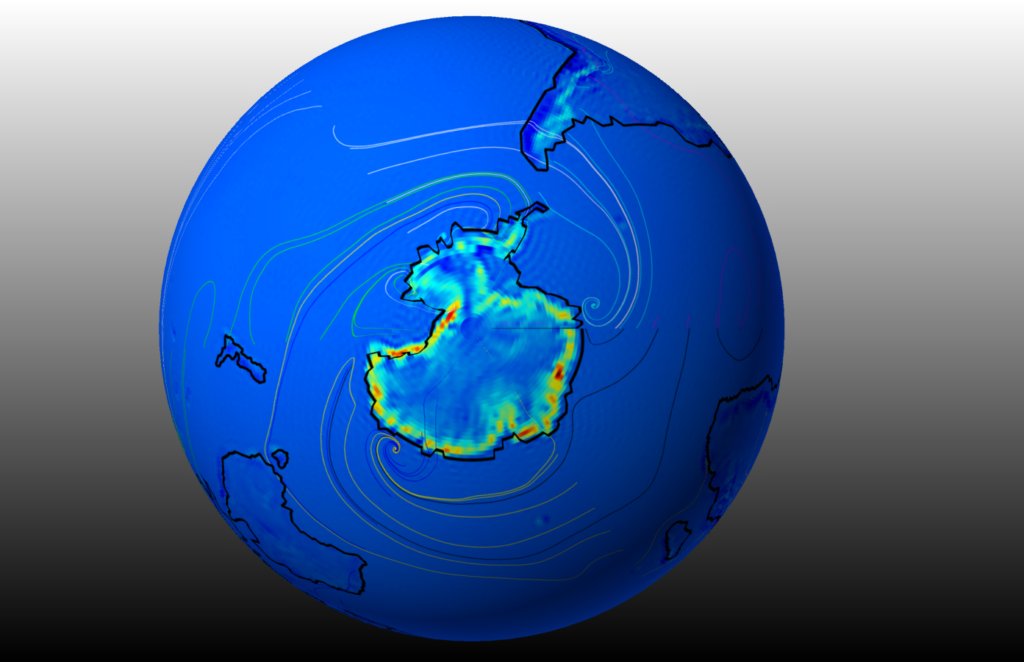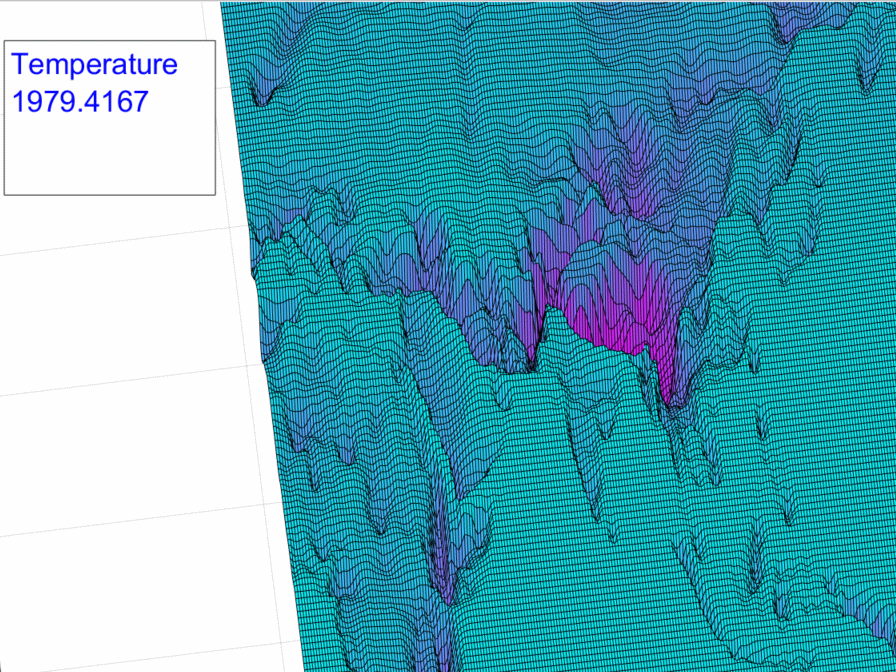
Oceanic Gyres and the Plastic Crisis
Researchers at the 5Gyres site have issued an alarm that 250,000 tons of waste plastic particles pollute the oceans every year. The volume of that many tons is lost in the ocean noise and this can be confirmed by any with a calculator and an internet connection. For example given that annual volume, New Mexico’s modestly sized Elephant Butte Reservoir could sequester 10,000 years of the ocean plastic debris flow.
That rate represents an annual increase in the concentration of plastic in the ocean of less than 1 part per trillion. The residence times of the plastic pieces at various depths within the oceans would also be of interest, especially because of the gyre connection. For example, waters can swirl around within a great gyre for years to decades. Accordingly if plastics remain bouyant and have somehow reached a gyre, it is not surprising that they will be there for a long time.
I think the most interesting item of the 5Gyres site is their identification of the huge amounts of waste plastic which are exported from Western countries, only to be run off back to the ocean or incinerated into the air, after the minor recyclable fractions were further recovered. It is also clear that other news organization have been covering this topic further, but contradictions do not appear to register in regard to any connection between plastics in the ocean, and the growing bans of plastic straws, bags and utensils.
One wonders how the plastic straws end up in the nasal cavities of blue whales. As the 5Gyres site seems to clarify, there can be only one plausible reason: Recycling. Our unique recycling solution drives fleets of permeable ocean garbage scows which cross back and forth across the ocean gyres. Can plastic recyclables which are spilled or leaked by ocean garbage barge traffic, end up in the gut of a fish? That seems plausible. I am still learning about trophic pathways in marine systems, along with virtually all of my colleagues. There is an awesome amount of plastic litter, and their hydrologic transport from all land surfaces towards ocean receptacles is undoubtedly true. On the other hand, do state of the art landfill-sequestered plastic straws pose an existential risk to sea lions? Probably not.
Accordingly, are the straws being banned because of the failure of recycling? This seems likely, because through the barge traffic and post processing, along with surface runoff, recycling may now be the primary mechanism which brings the straws much closer to the nasal cavities of ocean lifeforms. Many cannot afford to recognize such a failure and so further plastic bans are in store for all. This perhaps is why 5Gyres has proposed a Ban list of innumerable types of plastic items.
Many have pointed out that consumer plastics at issue are not toxic, and rather happen to be very inert. That is one of the reasons we all can live with plastic. That is also the reason that promoters of plastic bans cannot point to massive fish kills or the like, only anecdotes of a sea lion or penguin grossly impaled by a Starbucks straw.
If our communities can return to updated and environmentally and fiscally responsible landfill and recycling solutions, then the sea plastic crisis would appear to go away. If only the straw bans would follow.
I have overlapping research interests in gyres and ocean circulation patterns, with organizations like 5Gyres and no harm intended. Please keep studying gyres and the fate of plastics within them! I also am curious because regardless of other possible disagreements, the fate and transport of colloidal sized particles in water systems are important to understand more fully.
Featured image adapted from Museum für Naturkunde Karlsruhe, Germany Spheniscus magellanicus, Spheniscidae, Magellanic Penguin, Skeleton; Staatliches https://commons.wikimedia.org/wiki/File:Spheniscus_magellanicus_01.jpg
 9937total visits,1visits today
9937total visits,1visits today

